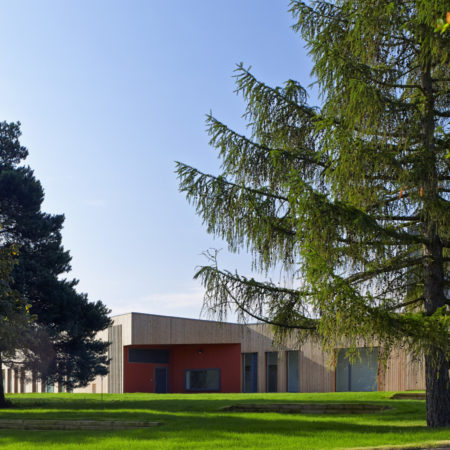New Opportunities To Incorporate Wellbeing In Health Care Construction
Whether it’s a new hospital wing, medical centre or an expanded GP practice, the fundamental purpose of a healthcare facility is to help people get better. It’s natural, therefore, to put health and wellbeing for staff and service users at the top of the list of requirements.
In the world of construction, things are rarely that straightforward. Budgets are limited and new facilities need to be brought into service as quickly as possible. Requirements seen as ‘nice to haves’ get relegated in the face of commercial reality and protecting projects against the familiar risks of timing and budget overruns.
Perhaps it’s time for a reappraisal. After many decades of doing much the same things in much the same ways construction technology is advancing rapidly. This brings new opportunities to design buildings for people and to be bolder about adopting wellbeing-centred approaches.
Wellbeing in Healthcare Construction – Practical Considerations
Wellbeing-centred design incorporates ‘blue and green’ and biophilic principles to include elements of natural green spaces and water into the built environment. We all have a natural affinity with these environments and research has demonstrated a link with an improved immune system function.
Natural materials such as whole timber have inherent benefits for the internal environment of a building – both in appearance and air quality. If this also helps to reduce the content of synthetic materials that emit high volumes of Volatile Organic Compounds (VOCs), then so much the better. Natural light and ventilation also contribute to a greater sense of wellbeing.
There’s nothing revolutionary in this thinking. What’s different is that we now have the means to adopt the principles of wellbeing into healthcare construction. This opportunity comes from modern construction methods and materials integrated with a digitally-enabled design process.
Working in this environment eliminates a lot of uncertainty and project risk. It allows people with specialist wellbeing-centred design skills to be fully engaged from an early stage with structural engineers, architects and production specialists to adopt wellbeing concepts into healthcare buildings that can be built cost-effectively.
What all of this means is that we can start putting the health and wellbeing of staff and patients at the centre of healthcare construction and building design – and that we can do this without adding further time and cost risks to the project.
Find out more by visiting our healthcare construction resource centre. Or contact Mike Peskin ([email protected]).

